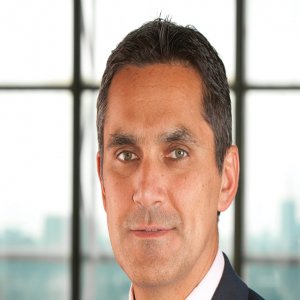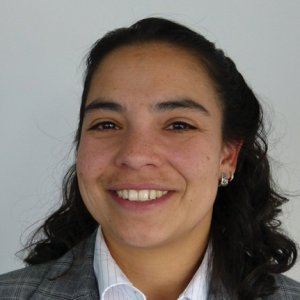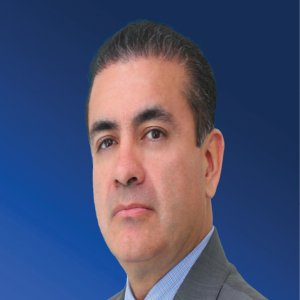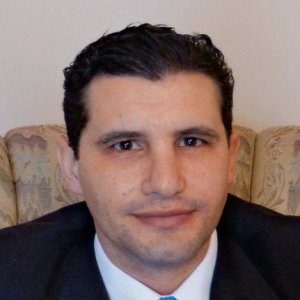Pioneer Looking to Diversify through Partnerships

STORY INLINE POST
Ricardo Arce, CEO of Perforadora México, recalls a time when there were no Mexican companies working with PEMEX. In 1959, the government requested construction companies to invest in the oil and gas sector, and Perforadora México seized the opportunity. It has worked with PEMEX ever since. For a long time, Perforadora México was the player that brought the most avant-garde drilling technology into the country. “Our company brought the first jack-up, the first semisubmersible rig, and the first drilling ship,” recounts Arce. During its first years in the petroleum industry, Perforadora México had a lot of land rigs working with PEMEX, with whom it managed all sorts of contracts. The company eventually entered the offshore segment and gradually began providing additional services such as cementing, engineering, and directional drilling. Perforadora México was a family business until 2009, when it was acquired by mining giant Grupo México. “Once both companies joined efforts, we had more tools to focus on new business, for which we made an integrated strategy. We noticed PEMEX was going to require platforms for shallow waters and onshore rigs. A successful reform was only going to push the needs for these services even further,” says Xavier García de Quevedo, President of Grupo México. He claims that although Grupo México reinforced Perforadora México with better administration, the drilling company draws a lot of its expertise from years in the business.
Since 2010, Perforadora México has invested over US$1 billion in state-of-the-art drilling equipment. At that time, PEMEX was struggling to bring high-end equipment to Mexico. Perforadora México was able to go directly to the owners and builders and agree on fruitful negotiations. “The situation at that time enabled us to invest in six pieces of equipment: four jack-ups and two platform rigs. We did so while securing contracts with PEMEX,” tells Arce. In December 2009, the company only had one rig, the Sonora jack-up rig which was built in 1981. Perforadora México decided to upgrade the living quarters in order to get a contract with PEMEX. Once this was done, the company began implementing its investment plan for the acquisition of new rigs, starting with the 300ft Friede & Goldman Super M2 twin rigs, built in Sharjah, UAE. The Chihuahua rig started its operation in June, 2012, and the Zacatecas rig in November of the same year. At the same time, the company invested in two more jack-ups, a couple 400ft Friede & Goldman JU2000E designs that were being built in Dalian, China. The year turned out to be quite productive, as Perforadora Mexico won two contracts through a bidding process to operate two platform rigs. Four of the company’s new rigs already have contracts for five to seven years. García de Quevedo stresses that his company does not invest unless it already has a contract.
According to Arce, PEMEX is planning to overhaul its fleet of old jack-ups. “To be precise, PEMEX will be upgrading 24 jack-ups older than 30 years, including one from our fleet: the Sonora Rig,” tells Arce. He notes that PEMEX owns very few rigs and is currently building two. “I do not think it is a good idea for it to invest in something outside its core business, such as building rigs. PEMEX should leave that to companies like us.” With its recent investments, Perforadora México will own 10% of the country’s jack-up rigs, a number Arce sees as manageable. By the end of 2014, the company’s fleet will consist of seven working offshore rigs, two of which are being constructed by an Italian contractor in the US. Arce says it is important to have a turnkey project with both the yard and the designer, an aspect which he feels more Mexican rig builders need to develop.
Arce sees his company heading down two different paths. The first is to keep growing in Perforadora México’s different business lines, integrated drilling services, and bringing state-of-the-art equipment to Mexico. The second and more important path is to obtain one or more licenses and become an oil and gas operator. “If we are able to do that within the next five years, I would be happy,” says Arce. He, however, notes that his company will not venture into new territories by itself, highlighting the need for a partner. For instance, Arce claims it is better for Perforadora México to form partnerships for deepwater projects because these entail too much time, risk, and human resources. Perforadora México knows it can count on the backing of Grupo México, which becomes useful when investing in expensive equipment. Nonetheless, Arce acknowledges that his company could benefit from the right allies to boost its technological portfolio. “We are not thinking about acting alone as we need new technology to compete,” says García de Quevedo in support. He adds that his group is interested in establishing global partnerships rather than competing with private companies with international allies. Perforadora México wants to avoid high risks and, although it is experienced in directional drilling and cementing, it lacks knowledge of other areas, such as pipe installation and oil production. Arce says Perforadora México is working on selecting the right partner in the different oil and gas subsectors where the company wants to have a broader market share.





















